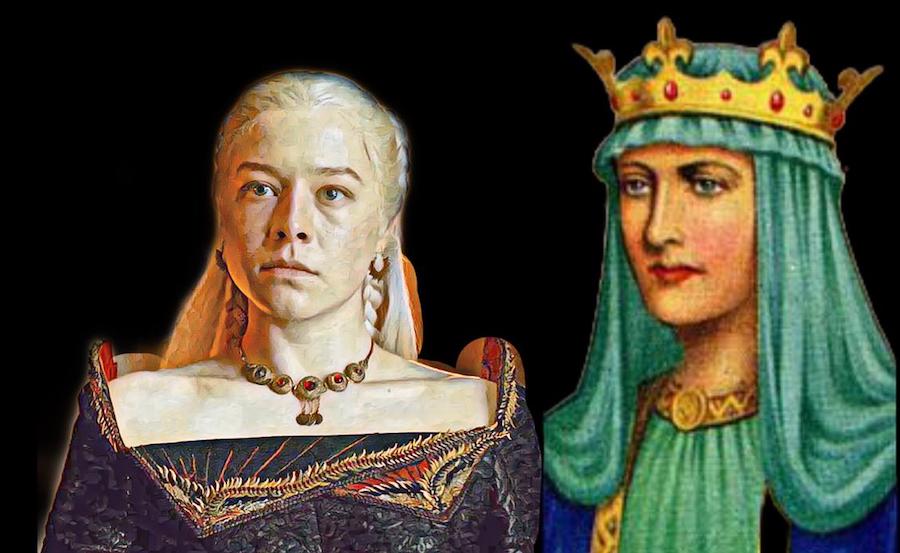I’m a history maniac and that’s why I devour documentaries, books, movies, and series that are inspired by or portray real stories. In the middle of the Pandemic, in 2020, late to consume the Starz series (today Liongstage Plus) about the English Queens, I came across The White Queen which suggests a different narrative for the story of Richard III. In the search for information, I came across the saga of a marketing executive turned into historian Philippa Langley, whose leadership and sixth sense helped to locate the common tomb where the mortal remains of the defamed English king were dumped 527 years later. You read that right, in 2012 because of her research and hunch his tomb was found in a parking lot in Leicester, England. A fascinating story that spawned a documentary, book, and even a film, The Lost King.
Richard III was the last king of England to die in battle, at Bosworth Field in 1485. His body was hastily buried in a church in Leicester, without any pomp. When Henry VIII dissolved all monasteries in England 50 years later, the tomb of the king was “lost”. Villainized by playwrights and historians influenced by the Tudor narrative, no one cared to find him. Until Philippa connected with him. Like an Oda Mae from Ghost, only for real.

Her interest in Richard III was awakened by the biography written by the American Paul Murray Kendall. She abandoned her job in Marketing and began writing a screenplay about the king with a more sympathetic narrative, founding the Scottish branches of the Society of Richard III. When she went to Leicester, in 2004, she visited the three car parks identified in 1975 as possible burial sites, but upon entering one of them she felt a “strange sensation”, which was repeated the following year and that is when she saw a vacancy with the letter R – from Reserved – and just knew that the tomb would be there. Long story short, she was right. It’s one of the greatest archaeological discoveries of the century, and I highly recommend seeing and reading all about the journey. You will certainly become, like me, a Ricardian.
In 2014 she started a new project, that of finding the remains of Henry I of England, who was buried in Reading Abbey, whose ruins could keep the secret. And people, how about it? She bets again and once again it’s a parking lot! In 2020 she claimed for the first time that the tomb of the King’s son William the Conqueror is under the west car park of the former Reading Prison and more specifically in a vacancy where the letter K is, obviously not for “King” but hilarious in the same way.

The discussion to start digging has only just begun and could take years. Obviously, I will try to follow up. Wouldn’t that be amazing? For fans of House of the Dragon, Henry I would be the inspiration for Viserys I. It was he who chose his daughter Matilda as heir after her brother tragically died and he was left with no male heirs. When Matilda was supposed to take the throne, a cousin claimed he was the true heir, starting a Civil War known as Anarchy. It was this story that George R.R. Martin used to create the Rhaenyra Targaryen chapter. Isn’t it amazing?


If our modern Oda Mae follows her work, there are other ‘missing’ kings: Alfred the Great (pictured in Vikings), the princes of the Tower, whose murder is attributed to Richard III, King Harald II, who will appear in Vikings: Valhalla, which was defeated by William the Conqueror, father of Henry I, among others.
Descubra mais sobre
Assine para receber nossas notícias mais recentes por e-mail.
